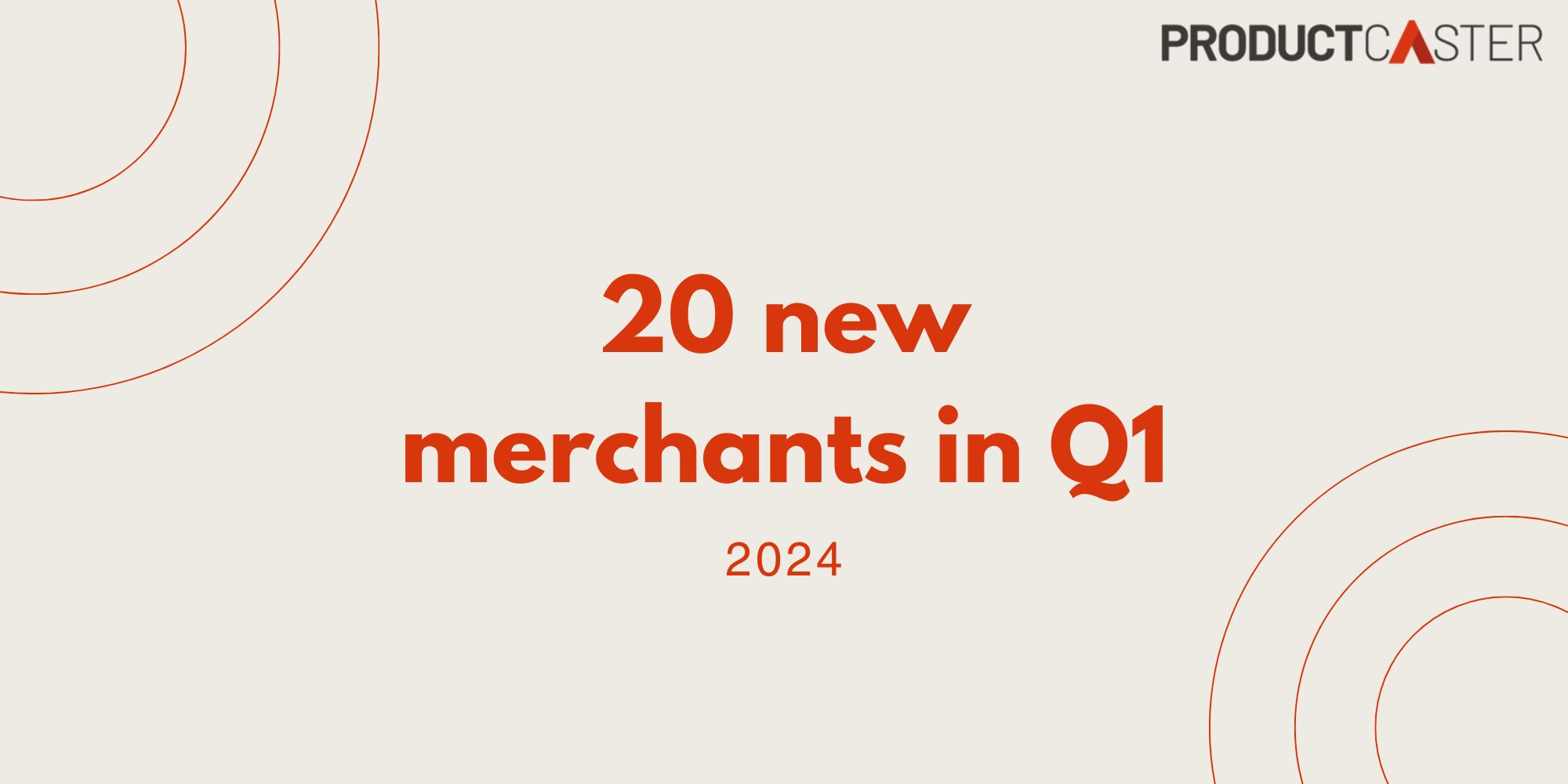According to the Office for National Statistics, British consumers cut back on spending during September, sparking fears that the retail industry has fallen into recession just weeks before the key peak shopping season.
Rising household energy bills and increases in food prices mean that consumers are cutting back on non-essential spending. And industry experts predict that we will be buying fewer and cheaper presents as a result. But what does this really mean for retailers?
How can brands recession-proof their shopping campaigns?
Even bigger retailers, with their high brand recognition and great reputations, are not going to be immune to the changes in consumer spending behaviours. It’s clear that the only way to weather the storm is to cut back on unnecessary spends and make every single £££ of the marketing budget work as hard as possible.
One of the best ways of doing this is to take control of your Google Shopping campaigns and take advantage of as many efficiencies as possible.
1. Use a comparison shopping service
If you’re still using Google’s own comparison shopping service (CSS), now is the time to switch. Moving to another CSS, such as Productcaster, can save you up to 20% on your CPCs, with no detriment to your PLAs listings. And the switch is so easy to make, with no downtime in your advertising campaigns.
You can either use that 20% saving in another area of your marketing or reinvest it to get bigger and better results. It’s entirely up to you.
2. Curate your product feed
Cut down on your disapprovals by making sure that your product feed is managed and up-to-date at all times and in the right format for every single output – from Facebook to Google. Productcaster’s FeedManager solution is one of the easiest ways to bring every product listing up to industry standards. You can also use it for annotating products to show special offers and price drops – making sure that price-conscious consumers are aware that you’re offering great value.
3. Use Local Inventory Ads (LIAs)
Although UK retail sales declined by 0.9%, it was non-store retailing took the brunt of the loss falling 2.2% in September – people want to feel the physical product in their hands before they part with their money. Omnichannel campaigns are becoming more important, being able to firmly link the online search to the offline purchase.
By updating your product feed effectively, you can take advantage of geographically linked LIAs. They allow your customers to check stock levels, then reserve the item in their local store or even buy through click & collect. Connecting with your customers on their channels along their own path to purchase is so important in a competitive market.
What’s the advantage of Productcaster?
Productcaster is the home of big brands - did you know that we currently work with 32 of the UK Top 500 retail brands? Major high street names from H Samuel to L’Occitane, Ikea to Ann Summers, all display via our Productcaster CSS.
Why do these brands choose Productcaster? We offer more than just a quick swap and a comparison site. Our client success team is built around offering premium support for our brand clients – whether that’s liaising with Google over any issues on your behalf, or pulling together campaign reporting and recommendations. We’re quality over quantity, with fewer clients than some of our competitors, but accounts that receive days of support and care to achieve the very best results.
As a Google Premier CSS Partner, we’re always up to speed with the latest developments, advice and guidance, which we pass straight to our clients. In fact, we’ve taken part in more Google beta testing of new tech than any other agency. We’re really proud of this relationship and the benefits that it can bring.
The next few months are going to be make or break for many retailers. If you feel that your brand needs a hand with maximising its budget to drive sales and profit, get in touch and see if Productcaster can help you today.








